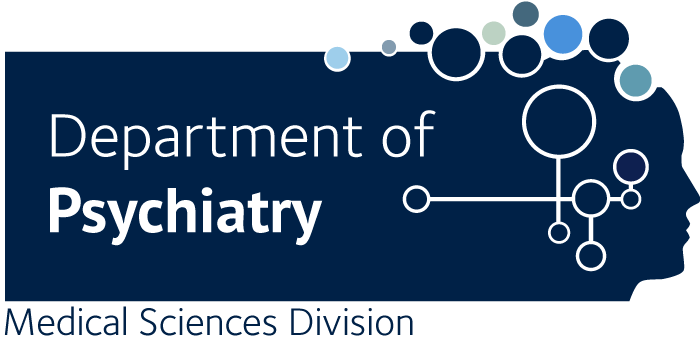Treating bipolar disorder in the early stages of illness
Jane Garland EJ., Duffy A.
Introduction At least one-quarter of patients with bipolar disorder (BD) experience the onset of their first major mood episode during adolescence (Leboyer et al., 2005). Recently, there has been an increase in the diagnosis of BD in young people in North America, as evidenced by a 40-fold increase over an 8-year period in office visits (Moreno et al., 2007), and a three-fold increase in paediatric hospital discharge diagnoses (Blader & Carlson, 2007). This trend has, in part, been associated with the broadening of the interpretation of diagnostic criteria. Despite an apparent increase in the prevalence of BD in children and adolescents and in publications addressing this, there is limited research on acute treatment effectiveness, and even less on long-term treatment and outcome. Many recommendations are derived from open studies and extrapolations from adult research. Therefore, this review integrates both research evidence and clinical experience in order to guide the clinician in rational and practical management. Diagnostic issues Diagnostic issues: adolescent-onset bipolar disorder Effective treatment is predicated on an accurate diagnosis. We are now beginning to understand and recognise the early stages of BD, which often appear during adolescence. The earliest mood manifestations may be recurrent brief episodes of depression (Duffy et al., 2007a), and the first major mood episode is typically depressive in polarity. Clinical indicators suggestive of underlying or latent bipolarity in a depressed adolescent include psychomotor retardation, psychosis and a positive family history of bipolar disorder (Strober & Carlson, 1982).

